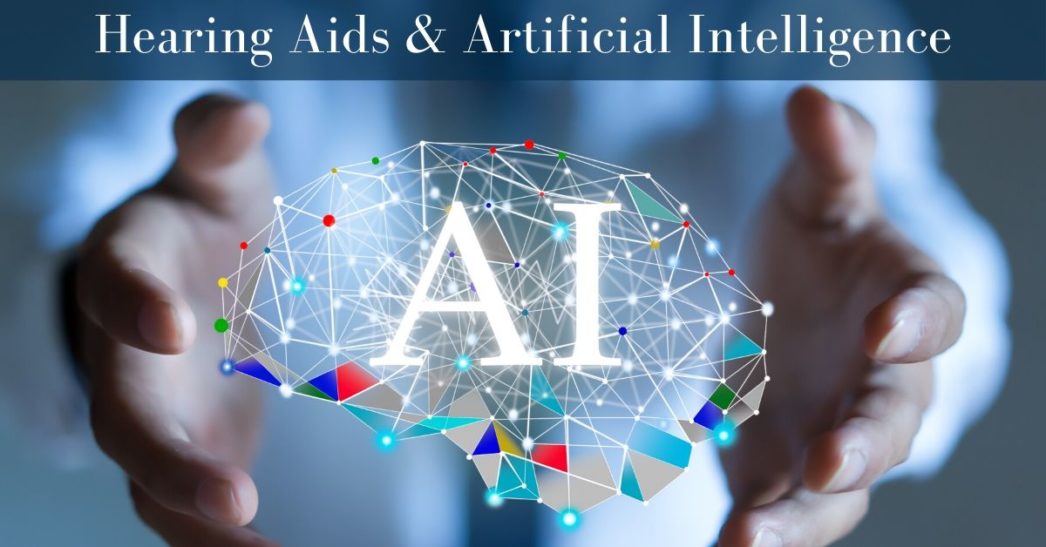Today, we are facing more and more disadvantages that people with hearing loss face in society. People with hearing loss face several problems that make it difficult for them to live as others do in the community.
First, people with hearing loss depend upon others in society to communicate clearly with others. With the inability to communicate clearly with others, they then need to depend upon a hearing device that allows them to hear things others hear who have a perfect hearing at the same time that hearing aids fail to make it possible for them to understand as well as an average person.
Secondly, a person with hearing loss becomes a follower typically in society rather than a leader because of their physical limitation. Can a hearing aid help a person with a hearing loss? The answer is a resounding yes.
What is being done with AI
AI or artificial intelligence has made great headways into science, medicine, machine automation, business, and many other fields. Those who can read the future trends in society say that AI is one of the fastest-growing technologies since the Gutenberg press was invented. AI is starting to add answers to the growing number of questions humanity has faced regards many of the diseases, health problems, and other unsolved medical issues in the past three hundred years. Recently one hearing aid company has invented a technology that allows people with hearing loss to be able to track their settings on their hearing aids from location to location. Many times, a person with a hearing loss is dependent upon how their hearing aid adjusts to their new environment. If the hearing aid can adapt correctly to their new environment, then they can more or less function appropriately; otherwise, the person needs to adjust their device.
HearingTracker From SoundSense
HearingTracker by SoundSense Technologies helps those with hearing loss and use a hearing aid to allow the HearingTracker to help them. The HearingTracker will adapt the person’s hearing aid as it understands a new environment in which they are present. It is similar to the audio technology that was invented over a decade ago, which allowed audio engineers to give the impression of a recording to sound like it was being recorded in a famous Cathedral or Venue. By reverse-engineering HearingTracker, designers have been able to build into their technology the ability to read the acoustical properties to each room the person is in and adjust their settings according to what the person is used to in a healthy environment. HearingTracker comes a long way to help a person with hearing a loss to function in society.
AI Steps In
Google® AI Laboratories recently made a big breakthrough in its acoustic engineering labs. This acoustic breakthrough will allow those who have a hearing loss to have now a great advocate on their side. This new technology can distinguish different audio signals within a given sound space. When this is finally applied to hearing aid and hearing loss, it will allow a hearing aid user to distinguish different tones or audio signals within a given space and distinguish a person they know from another. This is a considerable breakthrough for sound technology and hearing aid technology. Another recent addition from AI is a technology that allows the application of health AI to be applied to the hearing aid. These are technologies yet to be fully developed. Still, at present, it can use Bluetooth technology to communicate certain features of a person’s physical health to their physician or medical caretaker.
AI Hearing Loss and Vital Organ Reading
The technology uses specific algorithms allowing it to read a person’s vital measurements like heart rate, blood pressure, and other vital organ readings. The technique compares the readings to an internal chart of the person’s vital records of below average, regular, or above normal. If the case needs medical attention, the Bluetooth technology will communicate the person’s medical measurements to their caretaker. The AI is built within the person’s hearing aid and is essential to the communication of the person wearing the hearing device. On the other hand, this technology is the work of the ongoing development of AI at the service of the medical community and allowing persons with disabilities to live safer and better lives.


